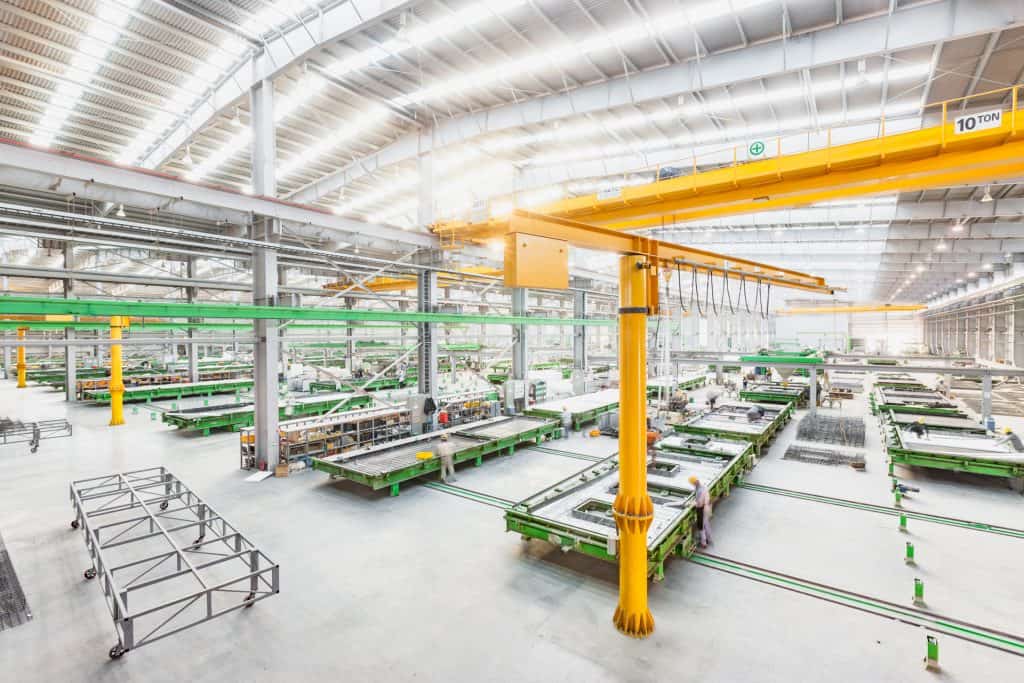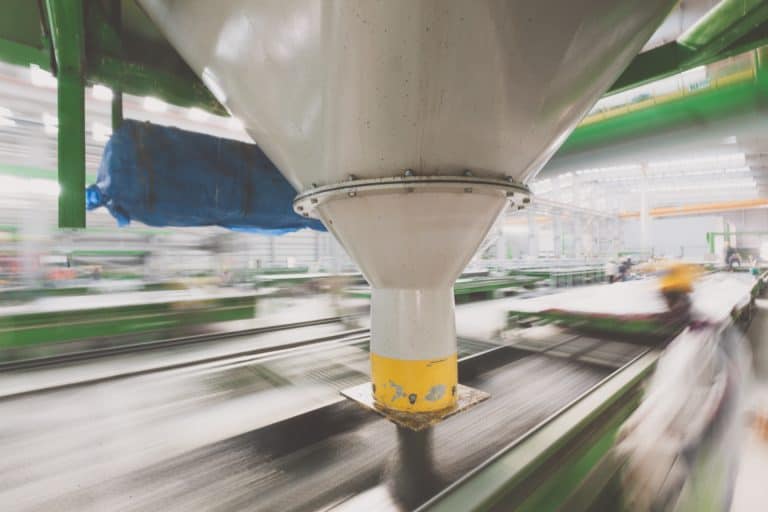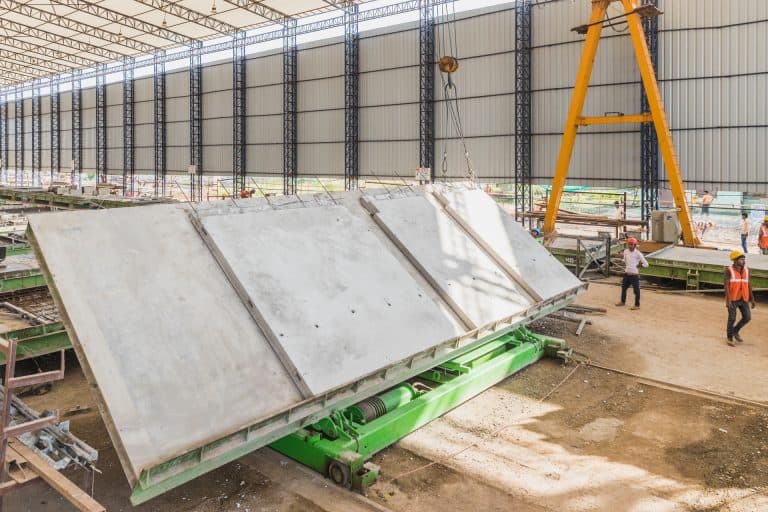What to think through before making a quotation request for a precast wall plant?

Do you plan to set up a precast wall plant? Do you know what kind of wall panels you will produce? What kind of automation level you would need to have? If you want your future precast wall plant to be optimized for your needs, here’s a short guide on what you should think through when making a quotation request.
Production capacity
Your need of production capacity affects everything, from the size of the wall plant to the number of casting tables and beyond. It’s the key for planning an optimized factory for your needs. Hence, it serves a purpose to define how many square meters of wall panels you will approximately produce in a year. If you can see yourself increasing the production capacity in the future, let the precast plant supplier know. The layout design of the plant can then be optimized from expansion point of view too.

Wall panel types
It is also important to know what kind of wall panels you plan to produce. There are multiple options, from solid walls to sandwich panels and from filigran to double walls. If production will be varied, giving production ratio between the different panels helps in the layout design. Why? The ratio is important, because the circulation speed of a table depends on the surface materials used and whether or not the panels are insulated. The more complex the panel is, the longer the table set up will take. When the tables have varied set up times, a transfer wagon could be added to the design. It lets the tables with easiest panels bypass the slower ones, meaning that there will be no bottlenecks causing a traffic jam on the production line. A transfer wagon gives maximum flexibility and thus increases productivity.

Panel sizes
In addition to the types, you should specify average and maximum sizes of the panels. Their length, width and thickness affect the choice of table and side form sizes. Why? Because the space on a table should be used as much as possible – a high table filling rate makes the production cost-efficient. If large wall panels take up a tiny percentage of your entire production, it’s very expensive to design the whole production line based on the biggest panels. Therefore, it’s advisable to include separate tilting tables for those large panels.
Surface options
You have several surface materials to choose from: brick, natural stone, exposed aggregate, colored concrete, plaster, and graphic concrete to mention a few. The choice affects the plant design because different surfaces are finalized at different stages of production. Hence there needs to be room for working stations on the right spots. Also, if you will use special aggregates and colors, a separate concrete distribution system needs to be included.

Factory location
If you have an existing production hall available, remember to give the plant supplier all necessary measurements, such as cross section, height, width and length. The size and shape of the hall have a significant impact on the production line design, because the space determines the possibilities for table arrangement and the need for other equipment. Similarly, if you will build the factory on a green field basis, a land map with all measurements and restrictions (e.g. building code of your country) is needed.
You may ponder why these aspects are important even at the point when you can give only estimates. The answer is simple – our aim is to design a precast wall plant that is optimized for your needs. A plant that comes with the highest flexibility, lowest operational costs and best end products.
Writer

Ismo Kallio
Vice President Sales
Elematic